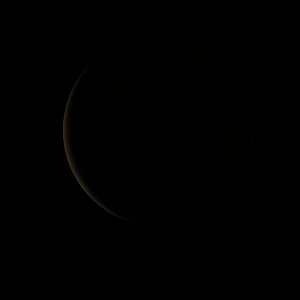|
|
Space Astro
|
Info for exoplanet "Bohebyu Pasa"
| Scientific (actual) data |
|---|
| Name | Kepler-839 b |
| Planet status | Confirmed |
| Radius | 0.229 |
| Orbital period | 37.8145 |
| Discovered | 2016 |
| Updated | 2021-02-05 |
| Tconj | 2454970 |
| Publication | Announced on a website |
| Detection type | Primary Transit |
| Alternate names | 2MASS J19241792+4514333 b, K01412.01, KIC 8950853 b, KOI-1412 b, KOI-1412.01, WISE J192417.92+451433.2 b |
| Star name | Kepler-839 |
| Right ascension | 291.08° |
| Declination | 45.24° |
| Mag j | 12.554 |
| Mag h | 12.31 |
| Mag k | 12.25 |
| Star distance | 833 |
| Star metallicity | 0.29 |
| Star mass | 1.22 |
| Star radius | 1.31 |
| Star age | 2.82 |
| Star temperature | 6058 |
| Star alternate names | 2MASS J19241792+4514333, KIC 8950853, KOI-1412, WISE J192417.92+451433.2 |
| Wikipedia article | Kepler-839 b |
Back
| |
| Fictional info (?) |
|---|
| Suggested name | Bohebyu Pasa |
| Planet type | Cold planet |
| The polar regions are constantly below 126°K (-147°C).
It is radically different from Earth in other respects.
The outer atmosphere is visibly segregated into several bands at different latitudes, resulting in turbulence and storms along their interacting boundaries. |
| Atmosphere | Ozone | 75% |
| Ammonia | 22% |
| Argon | 1.7% |
| Ammonium hydrosulfide (NH4SH) | 0.00026% |
| Atmospheric pressure | 0.001 bar |
 |
| No known satellites |
| Google search for Bohebyu pasa |
|
Website by Joachim Michaelis
|
|
|
|